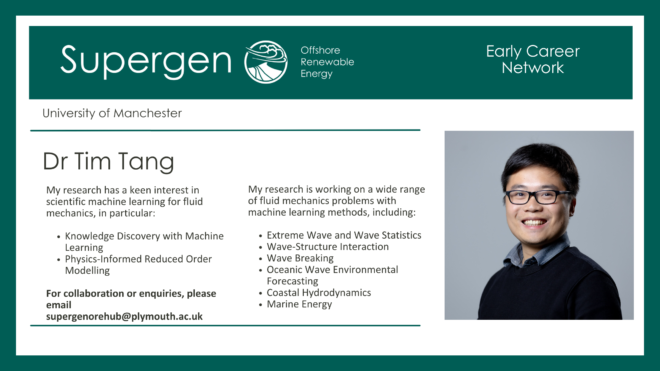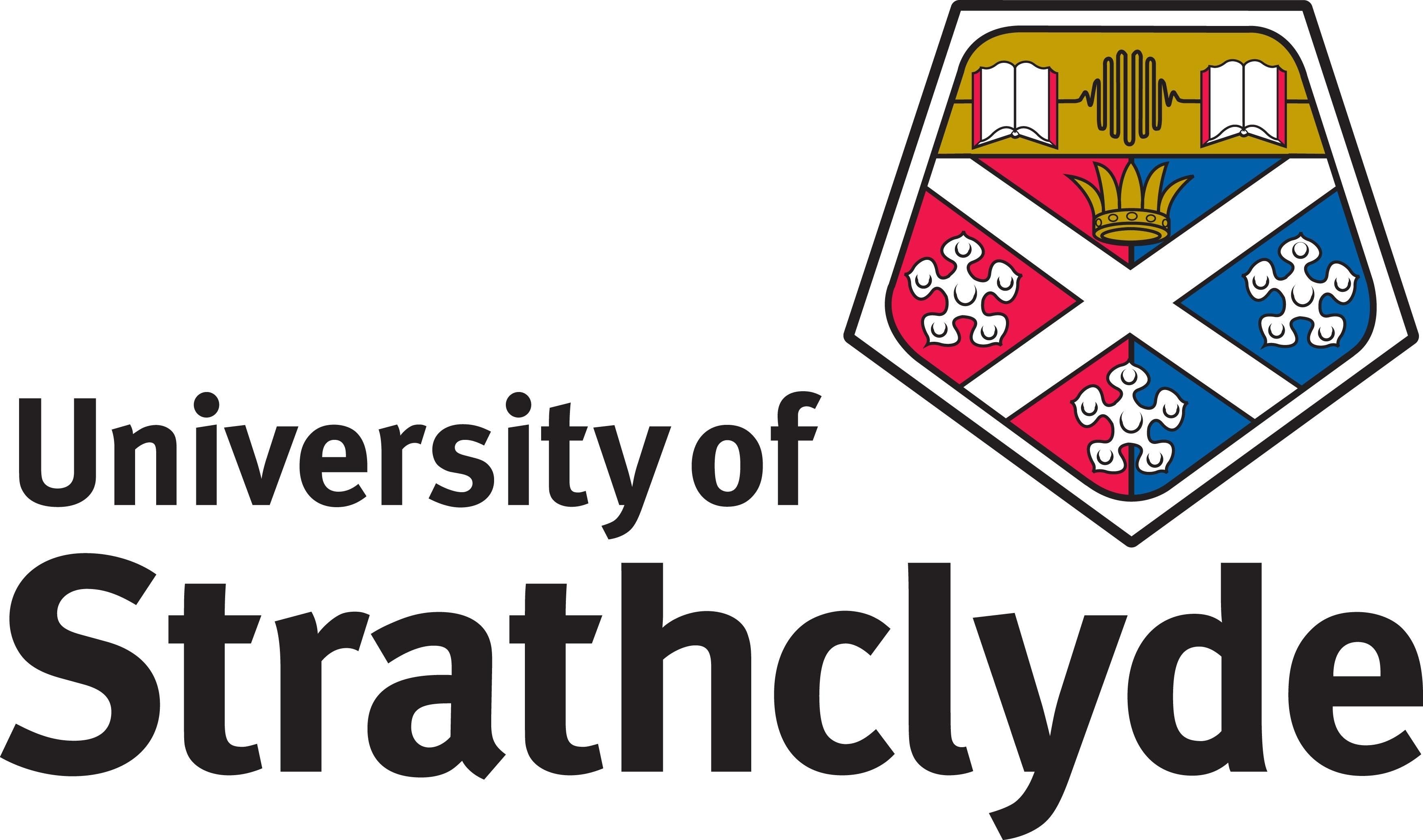The project
The proposed research will improve the reliability and availability of offshore electrical infrastructure components via 3D printed, smart acoustic sensors which can be tailored to specific cable and junction properties and are robust in challenging environments.
This proposal comprises the design and manufacture of a perovskite structured piezoelectric with an anisotropic response tailored to a cable termination and evaluation of its performance in terms of sensitivity gain and reliability of detection of partial discharges. The proposal comprises two streams of work which may be parallelized to some extent.
Work under the first stream will examine the design space of the perovskite structured sensors in terms of modelling and experimentation to develop a proof-of-principle sensor. This sensor will be evaluated in terms of the sensitivity and signal to noise ratio in laboratory settings. The second work stream investigates an acoustic emission detection system, and the embedding of a tailored 3D printed sensor in a cable termination. This second stream will be carried out through an additional 6 months’ support from our Electrical Infrastructures Research Hub (EIRH) collaboration with ORE Catapult (OREC).
Professor James Windmill - Principal Investigator
Professor James Windmill is a Professor in Electronic and Electrical Engineering at the University of Strathcylde. Professor Windmill gained a PhD in magnetic microscopy from the University of Plymouth in 2002, and worked at the School of Biological Sciences, University of Bristol, from 2003 to 2008. He also hold a first degree in Electronic Engineering from the University of Plymouth.
Professor Windmill joined the University of Strathclyde as a lecturer in 2008. He was promoted to senior lecturer in 2011, reader in 2014, then Professor in 2017. His research focuses on the investigation of hearing systems in insects to inspire the development of new acoustic and ultrasonic sensors and systems. He am also interested in sustainable engineering through the process of remanufacturing, the development of new biomedical sensors, and the use of ultrasound in manufacturing.











